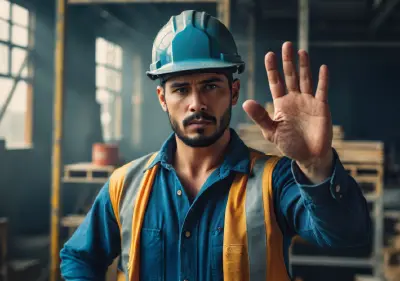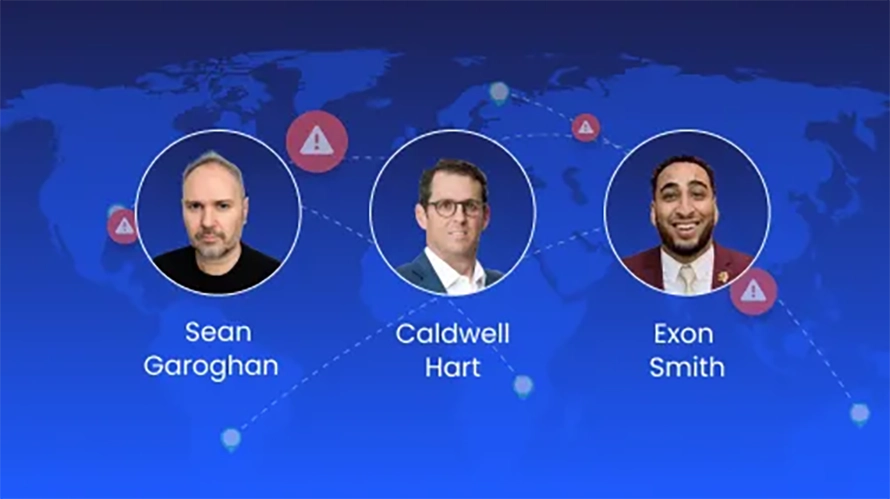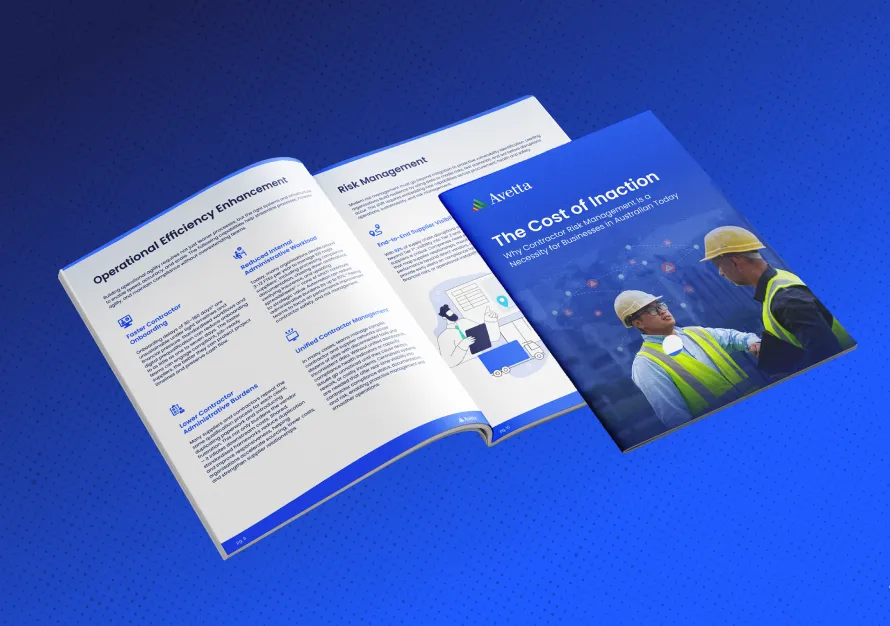June 12 marks the UN-sanctioned World Day Against Child Labor, a day that brings to mind Gandhi's powerful words: "The true measure of any society can be found in how it treats its most vulnerable citizens."
The statistics are sobering. According to UNICEF and the International Labour Organization, 160 million children worldwide were involved in child labor in 2020. While the last several years have once again seen progress putting an end to these practices, 138 million children are involved in child labor as of 2024. These aren't just numbers — they represent children either too young to work or engaged in hazardous activities that compromise their physical, mental, and educational development.
The Reality Closer to Home
Child labor isn't confined to distant countries. It's happening in our own backyard, often hidden until tragedy strikes. Recent preventable workplace fatalities in the U.S. paint a stark picture:
- A 16-year-old was killed while unjamming machinery at a sawmill
- A 16-year-old died after being caught in equipment at a Mississippi poultry plant, working under the identity of a 32-year-old
- Two workers, ages 14 and 19, suffocated in a grain bin after being sent in without proper safety equipment
These tragedies share common threads: lack of transparency in hiring practices between employers and contractors, insufficient oversight of third-party staffing, and failure to follow basic safety regulations.
Building a Framework for Protection
As workplaces become increasingly interconnected through supply chains, contractors, and staffing agencies, clear leadership and uniform frameworks are essential to prevent child labor and abuse.
Three critical steps every organization should take:
- Establish Clear Processes: Stay compliant with evolving human rights regulations through systematic monitoring and documentation. This means creating standardized procedures that all contractors and subcontractors must adhere to, with clear consequences for non-compliance.
- Leverage Technology for Visibility: Use the right tools to ensure you know exactly who is working within your systems and verify their credentials. Digital platforms can track worker credentials in real-time, flag age discrepancies, and ensure proper documentation flows through every tier of your supply chain. This technology fosters accountability by making it impossible for bad actors to conceal their activities within complex contractor relationships.
- Partner for Transparency: Without the right partnership and tools, you have no visibility into your supply chain's practices. Modern supply chains are complex webs involving multiple tiers of contractors, subcontractors, and staffing agencies. A single project might involve dozens of companies, each with their own hiring practices and oversight standards. This complexity creates blind spots where harmful practices can hide. You might have excellent standards at your primary contractor level, but what about their subcontractors?
The key is having a partner who understands both the technology and the regulatory landscape — someone who can help you build connected systems that don't just check boxes but actually prevent exploitation from entering your workplace ecosystem. This isn't about adding more paperwork; it's about creating intelligent systems that enable risk-based monitoring, action and improvement. In today's interconnected business environment, transparency isn't optional — it's a business imperative that protects both vulnerable workers and your organization's reputation.
Our most vulnerable deserve better. The question isn't whether we can afford to act — it's whether we can afford not to.

.svg)

.svg)
.svg)

.svg)

.svg)









